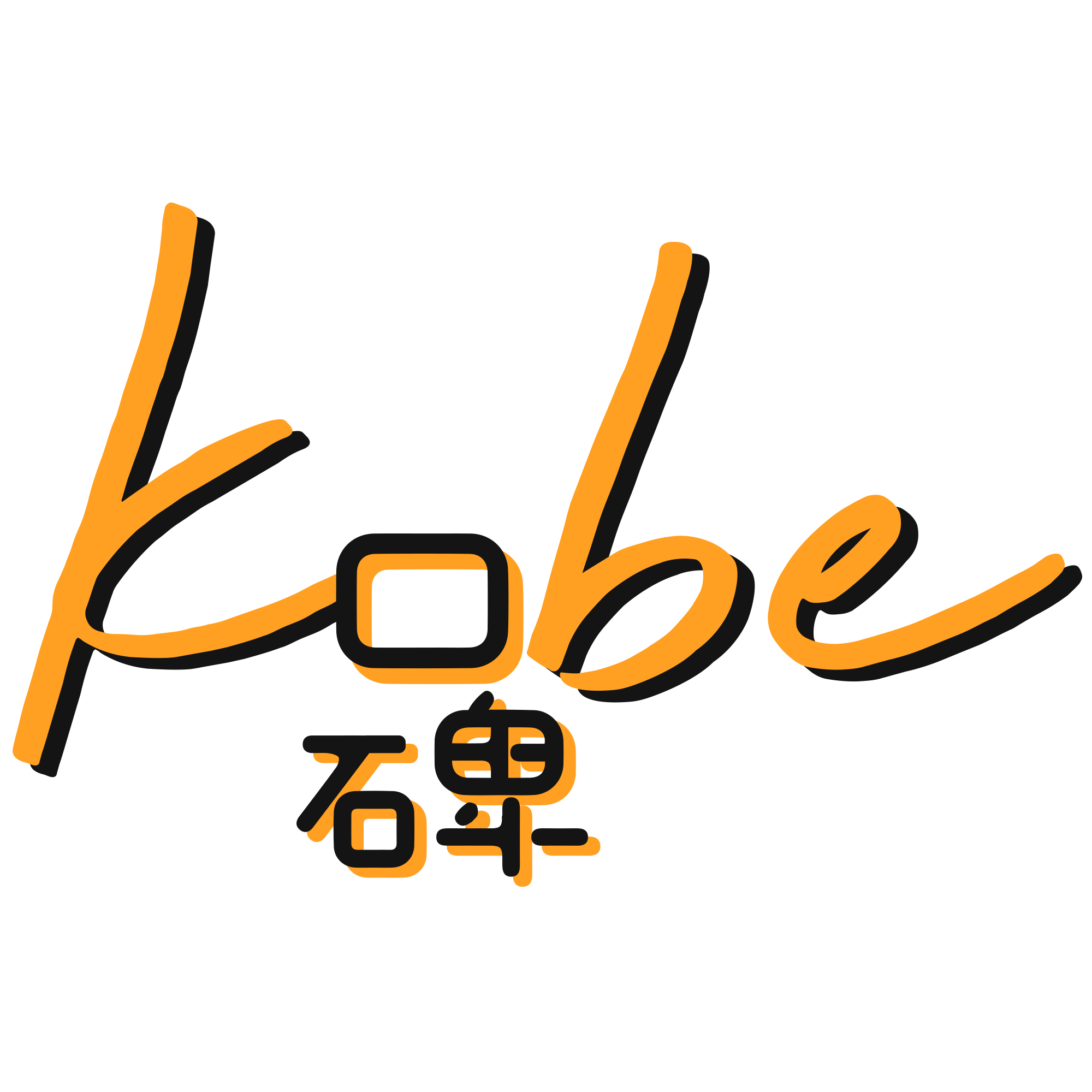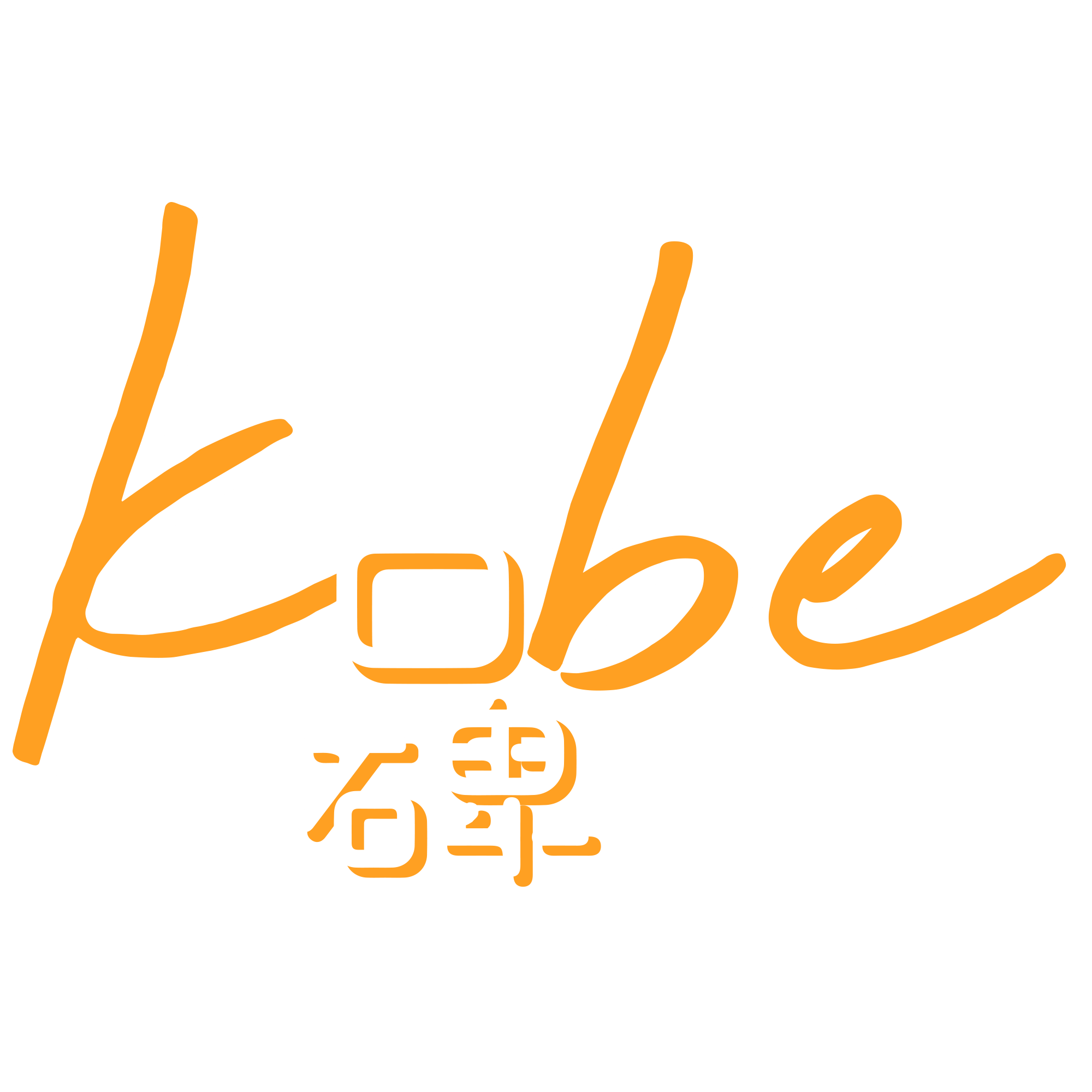 Over the years, influencer marketing has established itself as a critical digital marketing strategy. Influencers and key opinion leaders (KOL) lend brands a sense of authenticity and target, in particular, the Gen Zs, who are beginning to enter the workforce and thus have growing purchasing power.
Over the years, influencer marketing has established itself as a critical digital marketing strategy. Influencers and key opinion leaders (KOL) lend brands a sense of authenticity and target, in particular, the Gen Zs, who are beginning to enter the workforce and thus have growing purchasing power.
However, as the influencer marketing industry grows, it has become increasingly challenging to make your mark and distinguish yourself from the competition, who are likely also to be engaging influencers.
One way to stand out from the crowd and gain optimal results is to maximise KOL retention. Read on to learn more about the importance of KOL retention and how to get the most out of it.
What is KOL retention?
KOL retention refers to the percentage of KOLs who have mentioned a brand in a given quarter and then mentioned that same brand in the next quarter.
Why is KOL retention important?
Ultimately, high KOL retention drives the rate of investment (ROI) of your influencer marketing campaign.
When you focus on strengthening existing connections so engaged influencers stay on, you can build scale and maximise the lifetime value of your relationships. This allows you to establish trust through the influencer, thus contributing to a sense of community around the brand, which is essential because having a loyal fanbase is a key predictor of the brand’s long-term growth.
Low KOL retention, on the other hand, implies a high turnover rate and low influencer marketing ROI. While you may receive a significant number of impressions and likes with a one-off mention from a macro-influencer, it is more beneficial to have consistent mentions from a micro-influencer, as the latter increases a sense of affinity between their followers and the brand.
1. Guide your influencer marketing strategy with 3 key KPIs
Before you can maximise KOL retention, you must first be able to measure the metrics that indicate the effectiveness of your campaign.
Though the KPIs differ according to the scale and objectives of the campaign, these are 3 key metrics that you should consider:
- KOL experience: Are the KOLs satisfied with the campaign and your relationship?
- KOL performance: How many new KOLs do you need each quarter? How frequently does each KOL mention you per quarter? How many brands do your KOLs mention per quarter?
- KOL ROI: What is the Cost per Engagement and Cost per View?
By keeping these KPIs in mind, you can develop a better relationship with KOLs, encouraging them to stay on and to recommend your brand to their peers.
2. Develop good experiences in the program
Nowadays, KOLs are not as dependent on brand sponsorships for revenue as they were in the past. The creation of platforms like Patreon, Ko-Fi, and Substack means that influencers can earn directly from their follower base.
With the option to gain revenue on their own, how can brands continue to attract KOLs to work with them?
The answer is to create the optimal experience for KOLs.
Hence, it is crucial to seek out influencers that fit your brand. Both the brand and the KOL will have a difficult time if there is a mismatch, even if the KOL has a significant number of followers, because the target audience is not reached.
You should clearly state the campaign goals and details when communicating with the influencer. Inform them of the objective and scope of the campaign, the time it will take to complete, and the result you aim to achieve. Establishing clear expectations from the start reduces the risk of conflict during campaign execution.
Furthermore, communication is essential to make the KOL feel heard and prioritised. Respond promptly and keep in touch with them even after the campaign ends to maintain an amicable relationship.
3. Build a customised KOL engagement strategy
There is no one-size-fits-all approach to engaging influencers. Instead, you should tailor your interactions according to their content type and tier to create a customised engagement strategy.
For example, for macro-influencers that provide the brand with significant reach, you could plan for something eye-catching for new audiences, like an overseas trip or a dinner. For micro-influencers with smaller audiences but higher engagement rates, you may consider interaction-heavy experiences like giveaways and social media challenges.
Conclusion
By maximising KOL retention, you can establish greater brand trust and affinity with audiences, thus allowing the brand to stand out. All you have to do is adjust your KPIs, work on developing great KOL experiences, and customise your influencer engagement strategy.
If you’re looking to work with a social media influencer in Singapore, check out Kobe. We are an agency that focuses on developing optimal KOL marketing strategies. Contact us at https://www.getkobe.com/ to find out more.






